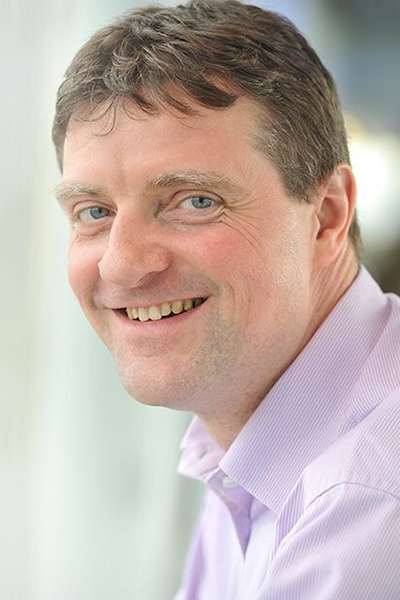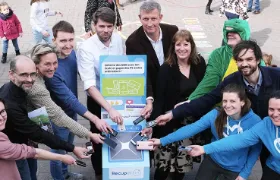How sustainable design has changed the game at Proximus
I have been working in network management for nearly three decades now. In that time, much has changed. New, innovative technologies have replaced old, obsolete ones. Mobile connectivity has become a huge topic. Data capacity requirements have exploded to an unseen scale.
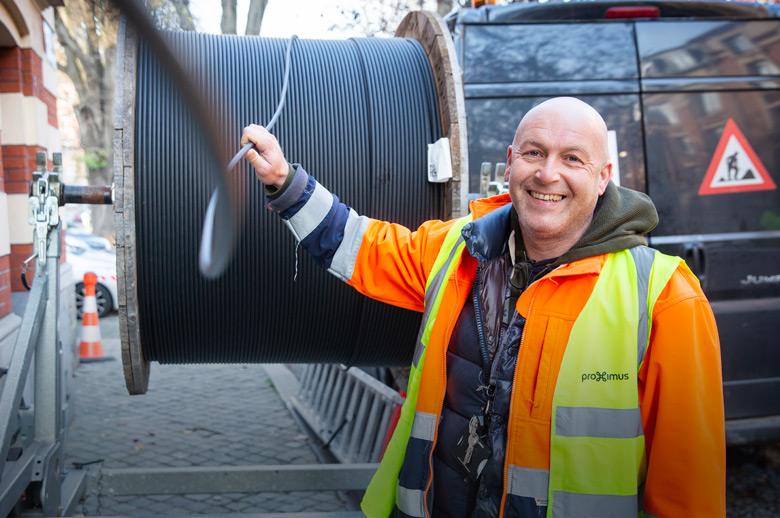
But the biggest change, in my opinion, is the importance of sustainability. When I started out, there was hardly any awareness of the need for sustainability; we simply didn’t consider it. Luckily, times have changed. We have started to realise the impact we have on the world around us, and understood that we need to make sure that impact is positive – now, and in decades to come.
Because what will our children remember when they think back in the future? How great it was that they had good fixed and mobile coverage? Likely not – what they’ll think about is the impact we had on what their world looks like in that moment. So creating a world that looks bright and clean, and that leaves a positive legacy for generations to come, is rightfully at the forefront of everything we do today.

The key to creating such a legacy is to incorporate sustainable design into everything we do. I want to offer you some examples of what that means for our everyday operations at Proximus.
Equipment
Probably the easiest way to illustrate sustainable design is the product level. Today all our equipment is designed with efficiency, repairability, and recyclability in mind from the beginning. We use recycled materials where possible, make sure elements can be replaced and repaired, and design the product so that it can easily be taken apart and all the elements can be extracted and recycled or reused – a truly circular design.
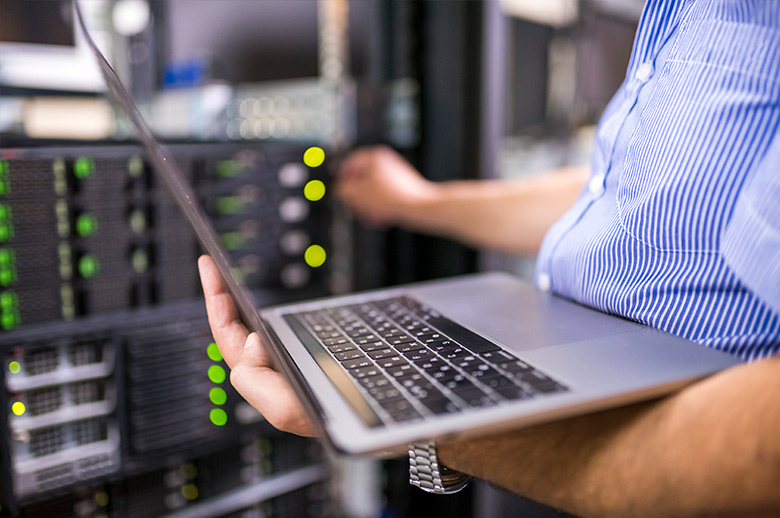
Phasing out old equipment also means that we gain efficiency through new, less energy-consuming technologies. But even though the older technologies were not designed with recyclability in mind – they are often difficult to take apart – we are not simply giving up on these materials. We work with expert partners like Umicore to safely extract all the different components and recycle and reuse everything we can.
Infrastructure
Like equipment, infrastructure too can become outdated. Many of the buildings that house our telecom equipment full of electronics are old and not purpose-built. This means that they are difficult to both heat and cool, and waste a lot of energy that way. We do use more and more solar panels for powering and we implement innovative systems like the Kyoto wheel in our data centers for passive cooling, but some of our buildings still are not energy-efficient enough that way. That’s why we are vacating and repurposing dozens of inefficient buildings and replacing them with much more efficient shelter structures, which have a much smaller footprint both physically and in terms of carbon usage.
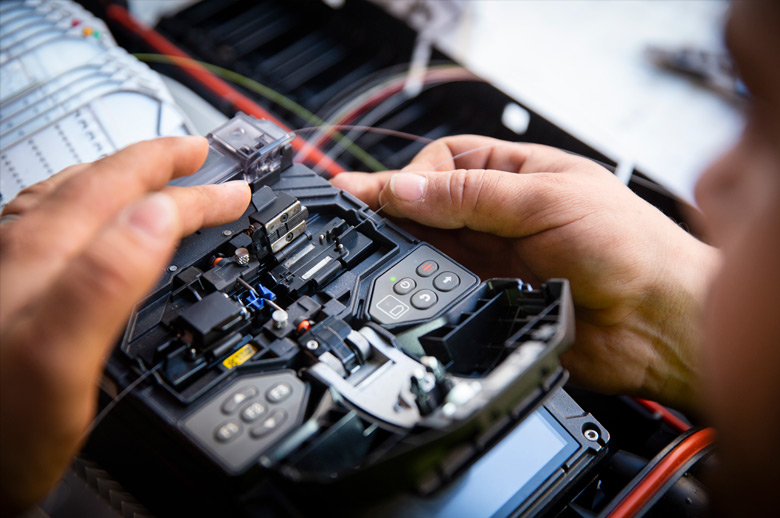
Another prominent example is switching from copper to fibre networks. While copper is a precious material that conducts electric signals, fibre networks are made of glass and only need to conduct light, making them much more energy-efficient while at the same time providing better bandwidth. Replacing our entire network with fibre is a priority; we aim to have 70% of customers connectable to fibre by 2028. As a bonus, we get to extract and recycle kilometres and kilometres of copper cabling in the process.
Partnerships
Sustainability is not something you can tackle alone. Everyone has a part to play, so it only makes sense to combine forces and work with suppliers, downstream companies and even competitors to achieve this common goal. When it comes to suppliers, we create clear agreements about sustainability goals and hold each other to account. We choose to work with suppliers and delivery partners who are equally serious about sustainability by design.
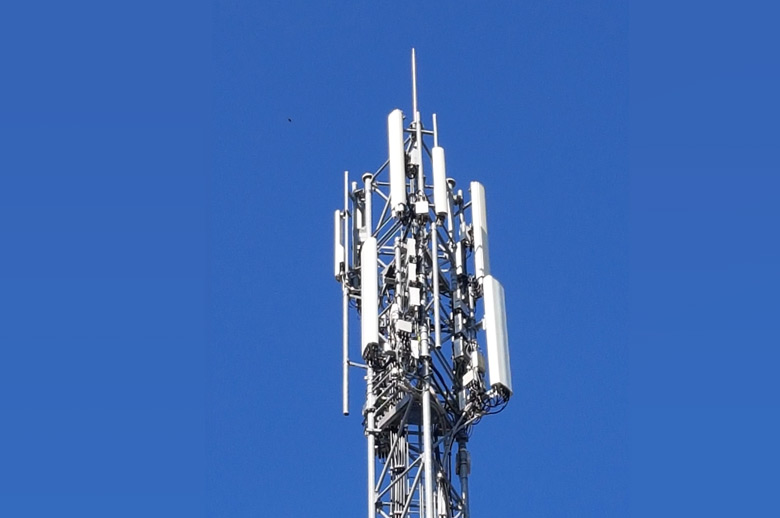
Combining assets with competitors is another intervention that yields very visible results. Take our mobile network antennae, for example: we combined forces with Orange Belgium to consolidate our antennae infrastructure. This is a very clear example of how sustainability is often profitable: we reduced the cost of maintenance by sharing our infrastructure, while also each increasing our coverage.
Processes
There are many ways to design processes with sustainability in mind, but an interesting one that has ever-wider applicability is smart technology and automation. For example, thanks to complex algorithms that track and predict mobile network usage, we can switch off certain antennae when they are underutilized - for example at night - resulting in considerable energy savings. Smart technology also means that more things can be done remotely, for example some supervision of trenching work or the remote configuration of equipment. And less on-site attendance means fewer cars on the road.
Enablement
An often-underestimated impact that telecom operators can have is their role as enablers of more sustainable practices in other areas of society. While this effect may be indirect, it is significant. The most obvious example in the last year has been the massive rise in teleworking and schooling. Neither are possible unless telecom companies make sure every customer has a stable internet connection.
But good connectivity also plays a major role in the possibility for other industries to design sustainable processes. Take for example waste collection. Previously, refuse trucks would drive by collection points according to a weekly schedule, whether the bins were full or not. Today, sensors combined with a strong mobile network make it possible to check remotely whether bins need emptying, thereby ensuring a significant fuel emission reduction for these companies.
What should we conclude from this story? Not that Proximus is a shining example of sustainability. We do our best in many areas, and there are also areas where we can still do better and will continue to work hard. The important point here is that sustainable design can and should be incorporated at all levels of a business. The biggest gains can be made by joining forces with actors across different industries as well as the academic sector, to come up with more great examples of innovation to help drive sustainable change together. I hope you will feel inspired and empowered to drive change in your field as well.
